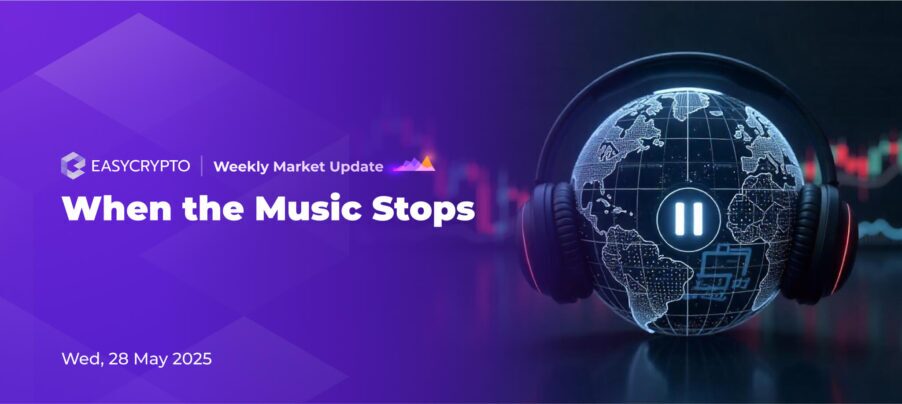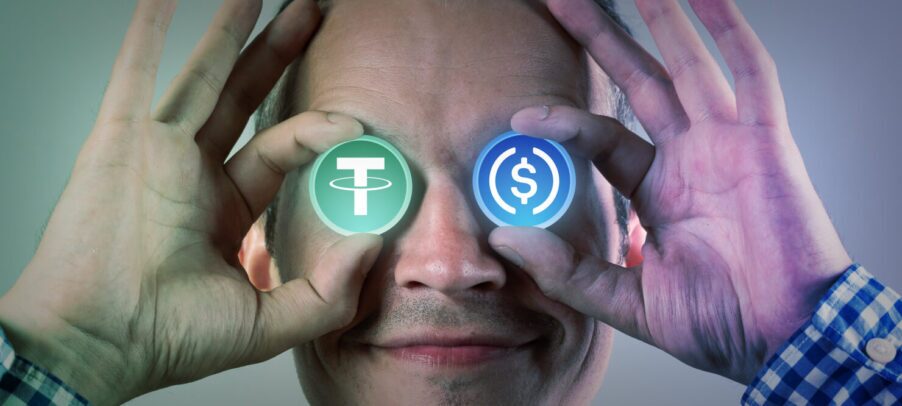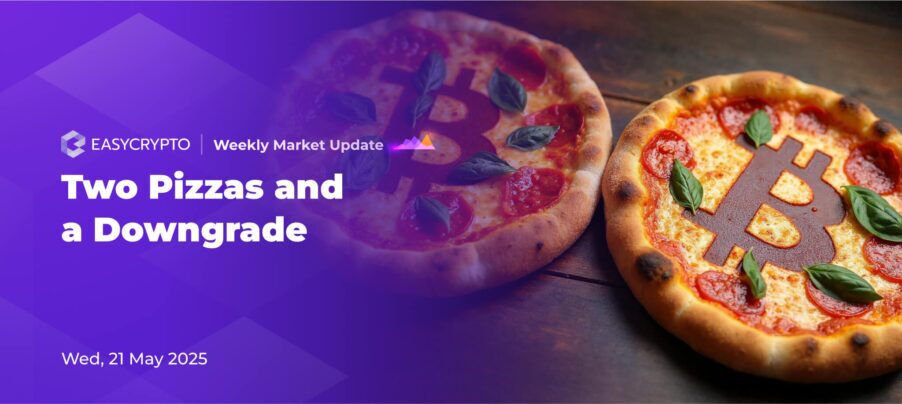Do we need all 20,000+ crypto tokens in our lives?
The most obvious answer is, “No.” You don’t have to learn about all the tokens in existence. You don’t have to invest in or use all of them. Frankly, many of them probably won’t have much use in your life. What about Bitcoin then? Many sceptics like to argue that, if Bitcoin is meant to replace money, why are there.


The most obvious answer is, “No.”
You don’t have to learn about all the tokens in existence. You don’t have to invest in or use all of them. Frankly, many of them probably won’t have much use in your life.
What about Bitcoin then? Many sceptics like to argue that, if Bitcoin is meant to replace money, why are there 20,000+ alternative cryptocurrencies (or “altcoins”) in circulation? Won’t that threaten Bitcoin’s proposition as “digital cash” as it was intended?
I find this particular question interesting. It shows that 13 years after Bitcoin was invented, many people still have a very rigid concept of cryptocurrency, or generally, decentralised finance technology.
The multipurpose asset class
Cryptocurrencies are made for specific purposes in mind, although technically, you can pay your debt in any kind of cryptocurrency to anyone who accepts it.
In the traditional financial world, you can have government-backed (fiat) money like US dollars. You can have shares of business equity, and loans (bonds) that pay you monthly interest.
You can also own physical assets like precious metals and land, or you can simply have their purchase receipt and have someone else store them for you.
In the crypto world, you may treat a digital asset as intended — as a token to grant you products or services, or as a token of partial ownership to a certain platform.
However, you can still use them as “money” (a medium of exchange) or as a long-term investment asset, if you believe that there will be an increase in demand for this token. Crypto as an asset is actually quite flexible in terms of their utility.
But how is this even possible?
Crypto is basically “data with story”
The truth is, “cryptocurrency” in its purest form is just raw data, recorded on a digital ledger, distributed across a vast network of “freelance digital bookkeepers”, also known as “network nodes“
There are potentially thousands of network nodes. They listen to data inputs around the world, and store copies of the raw data on their own ledgers, individually.
Using mathematics and cryptography, rather than a central governing entity, the network nodes produce the same copy of the ledger, even if the nodes and data are scattered across the world.
So, wherever you are in the world, you can look at this ledger and it will contain the same official content.
However, the content of this ledger is not what gives the cryptocurrency its value. There needs to be a common “story” or interpretation of the numbers and figures. That story also changes over time.
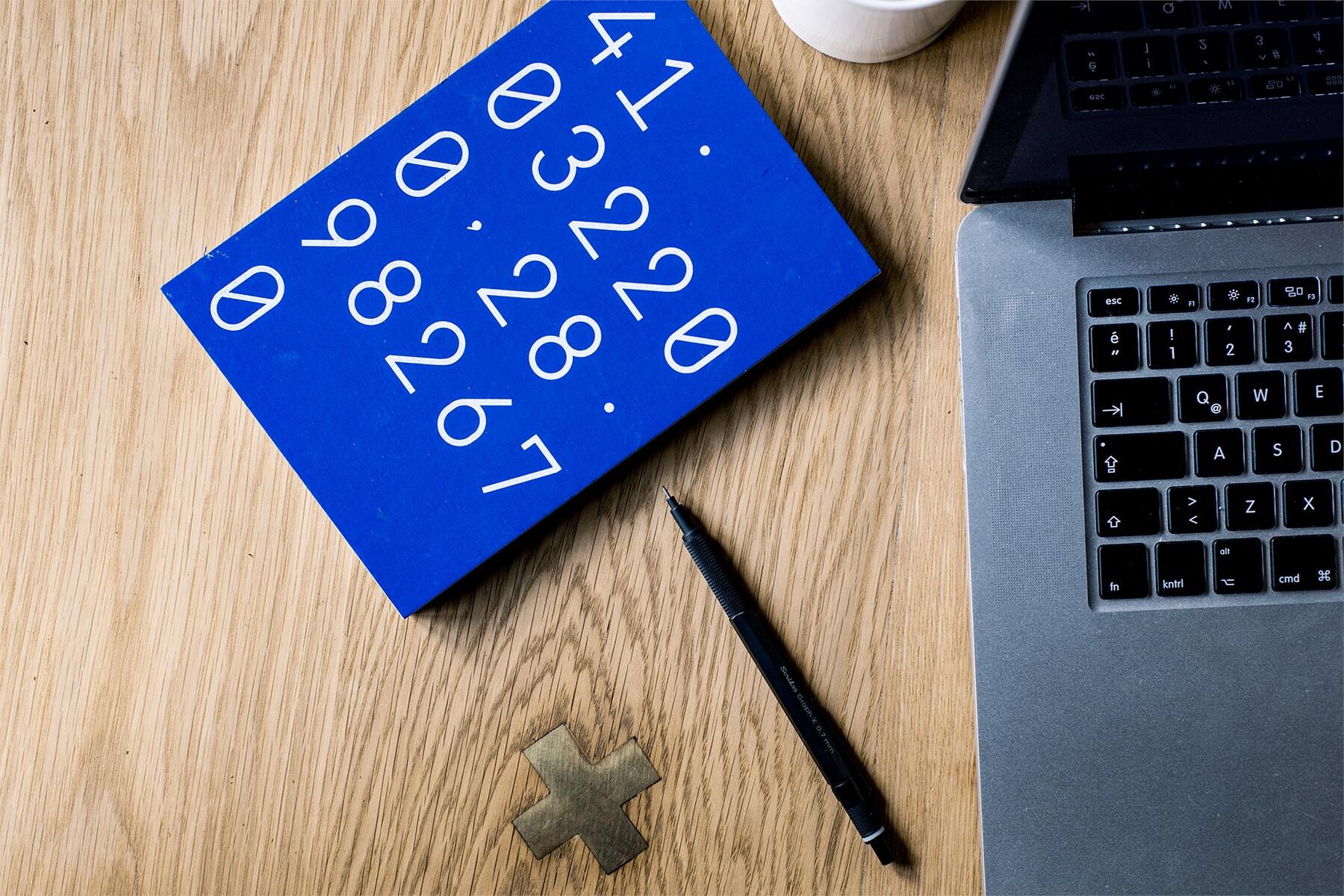
What’s the story with Bitcoin?
When Bitcoin was first invented in 2009, it was considered edgy, weird, and clearly unpopular. There were only a handful of people who maintained the Bitcoin ledger.
These were computer geeks who believed that Bitcoin is a whole new independent money system for anarchists, and those with deep distrust for the central bank.
Edgy money
How much did Bitcoin cost? Between nothing to a few dollars. Bitcoin was like a collector’s item. It cost as high as the highest bidder, but only if you could find abidder.
Speculative asset
When the first Bitcoin exchanges went live, the Bitcoin story changed. There was now a transparent price index. Buyers and sellers could easily and quickly trade with one another. Bitcoin was still relatively cheap, and used in very niche transactions outside of speculative trading.
Of course, I can’t fail to mention that Bitcoin was also used illicitly. Bitcoin’s story as the “getaway cash” remained popular among criminals. However, honest early investors looked beyond its illicit use, and saw a fair and transparent financial system created by Bitcoin.
In fact, the ultra-transparency of Bitcoin is key to tracking down criminals using on-chain analytical tools, such as the ones provided by Chainalysis, which are heavily used by law enforcement today.
Digital gold
Bitcoin’s story changed yet again, when it became increasingly expensive as a medium of value exchange. New cryptocurrencies were created, based on Bitcoin’s transparent code, which was sold cheaper per unit, and were easy to produce or issue.
By then, bitcoin was increasingly regarded as an investment vehicle, similar to precious metals. That story doesn’t change much at all in 2022.
The longest-running cryptocurrency is also the most secure in terms of the mathematical proofs to reproduce the ledger history. It is also verifiably rare, as there’s only going to be 21,000,000 bitcoins to ever exist, enticing long-term investors.
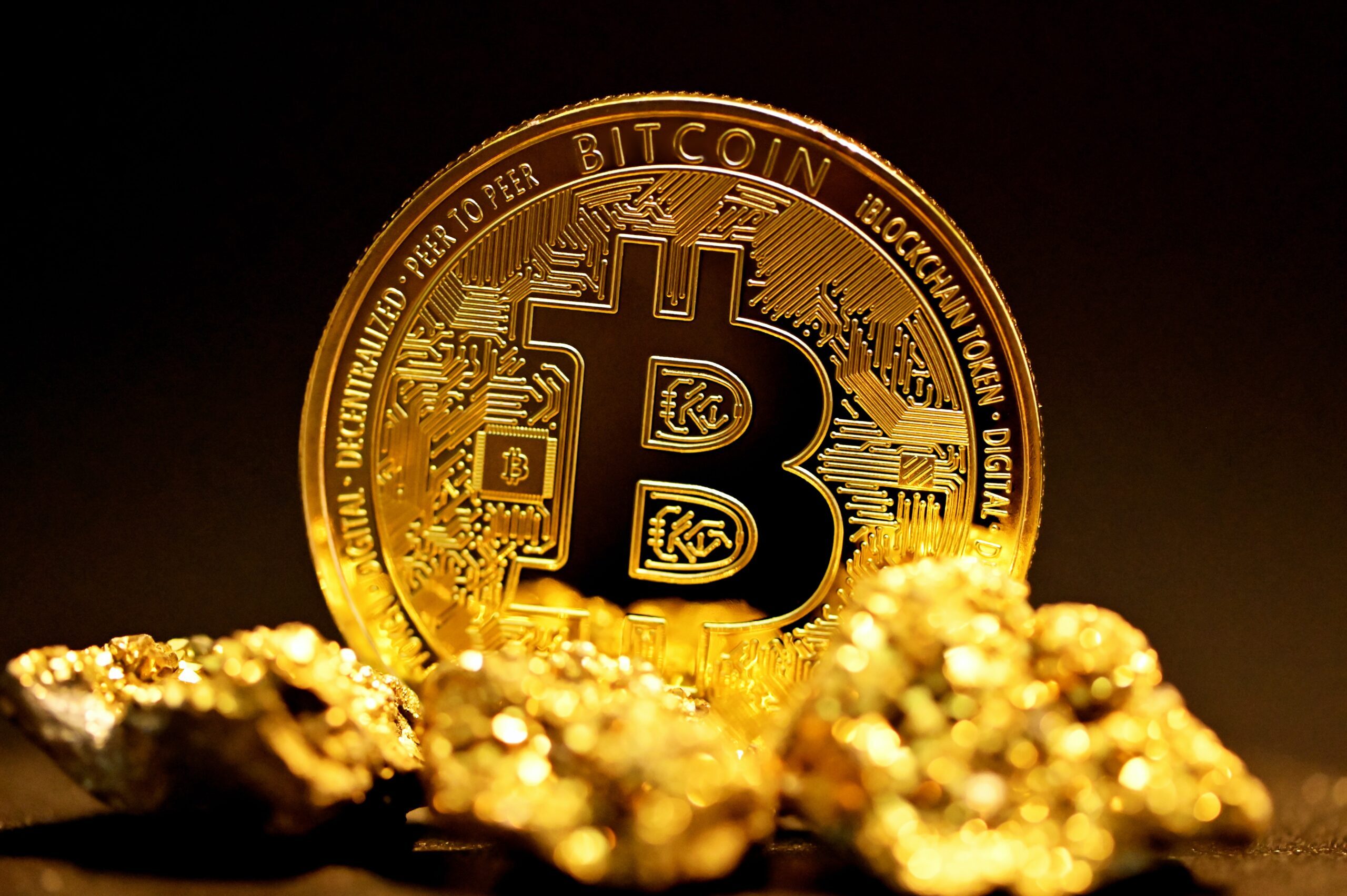
What’s the story with other cryptocurrencies?
You can view Bitcoin as a replacement for money. Or you can view Bitcoin as digital gold, and regard it as a property asset. Regardless of the story, Bitcoin is still Bitcoin.
Once you start thinking of crypto in terms of data with story, your thinking becomes more flexible. While some crypto assets have been designed for a very specific purpose, others could have multiple uses, or represent more than one valuable thing.
To organise our thoughts more, let’s generally classify crypto using these three attributes or uses of cryptocurrencies:
1. Debt settlement
2. Partial ownership of a business model or platform
3. Partial ownership of a network
Crypto for settling debt
All cryptocurrencies can be used to settle debt, given the receiver accepts it. However, some crypto are exclusively used to settle debt, because they represent an asset in the traditional finance world.
Stablecoins like USDT and USDC are designed to maintain their parity with the US dollar. This is because their issuer,Tether and Circle respectively, accept 1 unit of their stablecoin to redeem against 1 US dollar. The USDT represents Tether’s debt to the USDT holder. USDC represents Circle’s debt to the holder of USDC.
Some digital assets are tokenized versions of physical commodities, like gold. An example is the PAXG token. Still, some tokens grant access to a specific service or product. In Decentraland, an Ethereum-based game and virtual world, you can only pay for packets of virtual land with the SAND token.
Crypto as a token of partial ownership to a platform
In the crypto world, decentralised platforms aren’t owned by a single business entity. This is especially true for decentralised autonomous organisations (DAOs). When a decentralised platform is first deployed, for example an exchange like Uniswap (UNI), a token is usually issued.
This token grants the holder the ability to vote on proposed changes to the platform. Of course, the biggest holders are the ones who hold the largest stake in the business. This is not unlike stakeholders in a traditional business, who have the privilege to be part of the board of directors for making important decisions.
Tokens that allow partial ownership of a platform are called governance tokens.
Apart from voting rights, these tokens can also generate another token, which is similar to a dividend of a company’s stock. This secondary token is valuable, because it allows holders to actually use the service. It can also be sold to the open market, making it a debt token.
A good example of this dual token model is Theta Network (THETA) and Theta Fuel (TFUEL). THETA is the governance token for Theta, a decentralised video content distribution network. Each unit of THETA generates an amount of TFUEL each day, which is the currency for paying network maintainers for their service.
Crypto as a token of partial ownership to a network
A decentralised network will function properly if the ledger is being maintained by multiple parties — the more, the better.
In the Bitcoin network, the ledger is maintained by multiple “miners”, who use special hardware to secure the ledger with cryptography. These special hardware require a large overhead investment capital, so the Bitcoin network rewards miners with new Bitcoin as an incentive.
Since September 2022, Ethereum has used a different system to maintain the Ethereum network. Instead of miners like in Bitcoin, Ethereum grants large ETH holders the ability to take part in maintaining the Ethereum ledger.
Although no special hardware is necessary to maintain the ledger, a large start-up investment of 32 ETH is still required. Therefore, the Ethereum network incentivised these maintainers with ETH and transaction fees.
In a sense, ETH (and many other crypto, such as ADA, SOL, BNB) represents a partial ownership of the network. While no single entity can possibly own the entire network, these maintainers can be rewarded with a sort of dividend earnings from investing in the network.
This type of crypto is called staking crypto or staking tokens. The act of setting aside crypto as a ticket to participate in maintaining the crypto network is called staking. In most crypto networks, staking crypto or tokens can grant you the right to vote, just like governance tokens.
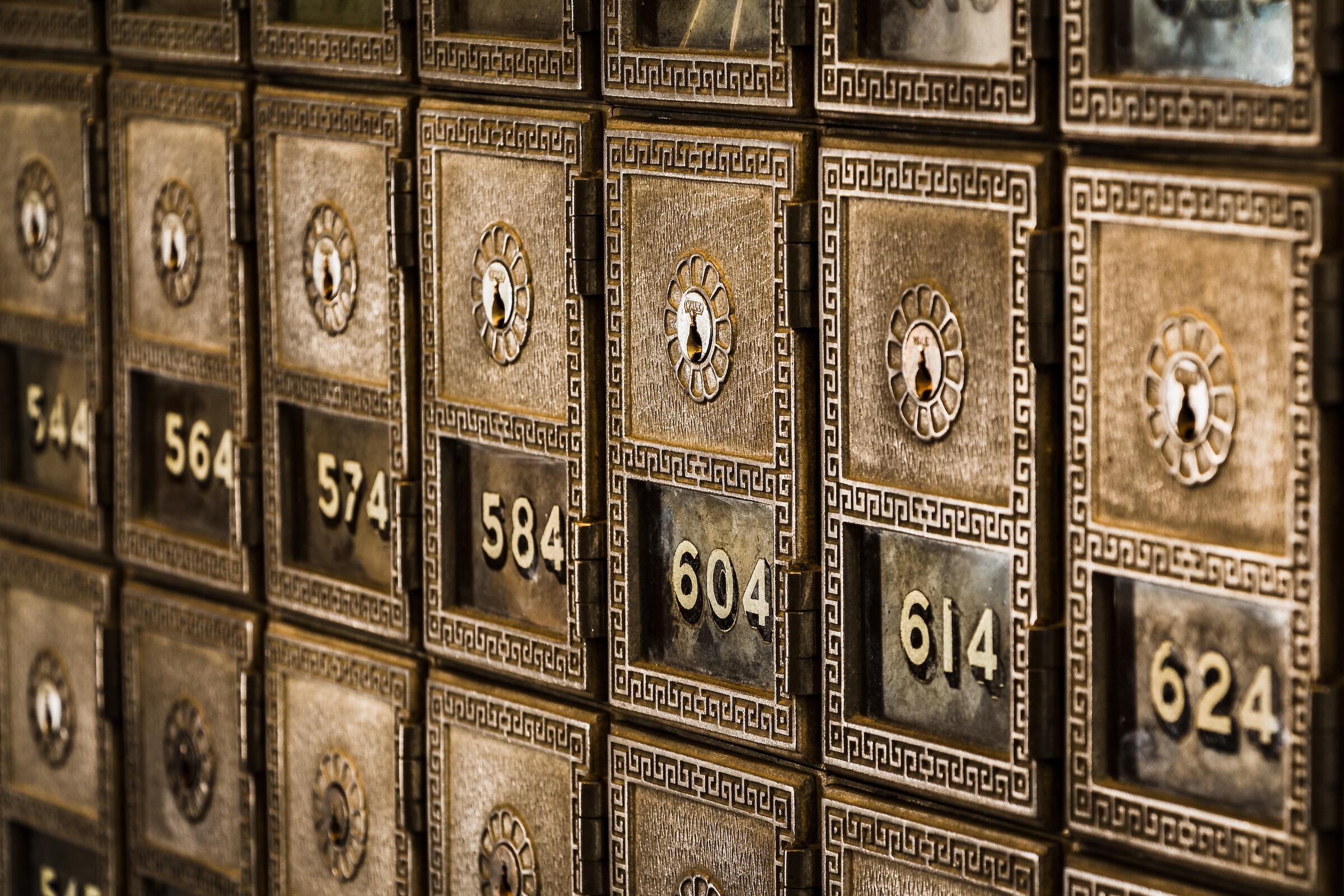
The takeaway
Crypto doesn’t always fall neatly into one category. Some are multifunctional, and some are designed to be ultra-focused on a given function.
This classification system should be taken with a grain of salt. It should only be used to understand the big picture of how crypto tokens are used in the real world.
Today, regulators around the world are pinning down the exact definitions and classifications of the thousands of tokens in circulation. This is to determine which laws are appropriate for any given token.
Of course, a crypto investor may not require such granularity. The simple classification system that I propose is only to help you get started in your research. So, in doing your research, you should be asking yourself these questions:
Is it a debt token? If yes, what services or products will be sold using this token as a payment method? Would people actually use this service/product?
Is it a governance token? Is the platform being actively maintained by developers? Is there a clear roadmap, and are the developers working hard to achieve their goals?
Is it a token for staking? The same question for platforms applies to crypto networks. How will this crypto network solve the current problems faced by existing networks?
Remember, without knowing the story, crypto is just data. Data can be worth millions of dollars, or nothing at all. Happy researching!
Share to
Stay curious and informed
Your info will be handled according to our Privacy Policy.
Make sure to follow our Twitter, Instagram, and YouTube channel to stay up-to-date with Easy Crypto!
Also, don’t forget to subscribe to our monthly newsletter to have the latest crypto insights, news, and updates delivered to our inbox.
Disclaimer: Information is current as at the date of publication. This is general information only and is not intended to be advice. Crypto is volatile, carries risk and the value can go up and down. Past performance is not an indicator of future returns. Please do your own research.
Last updated November 16, 2022



